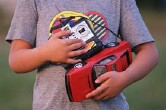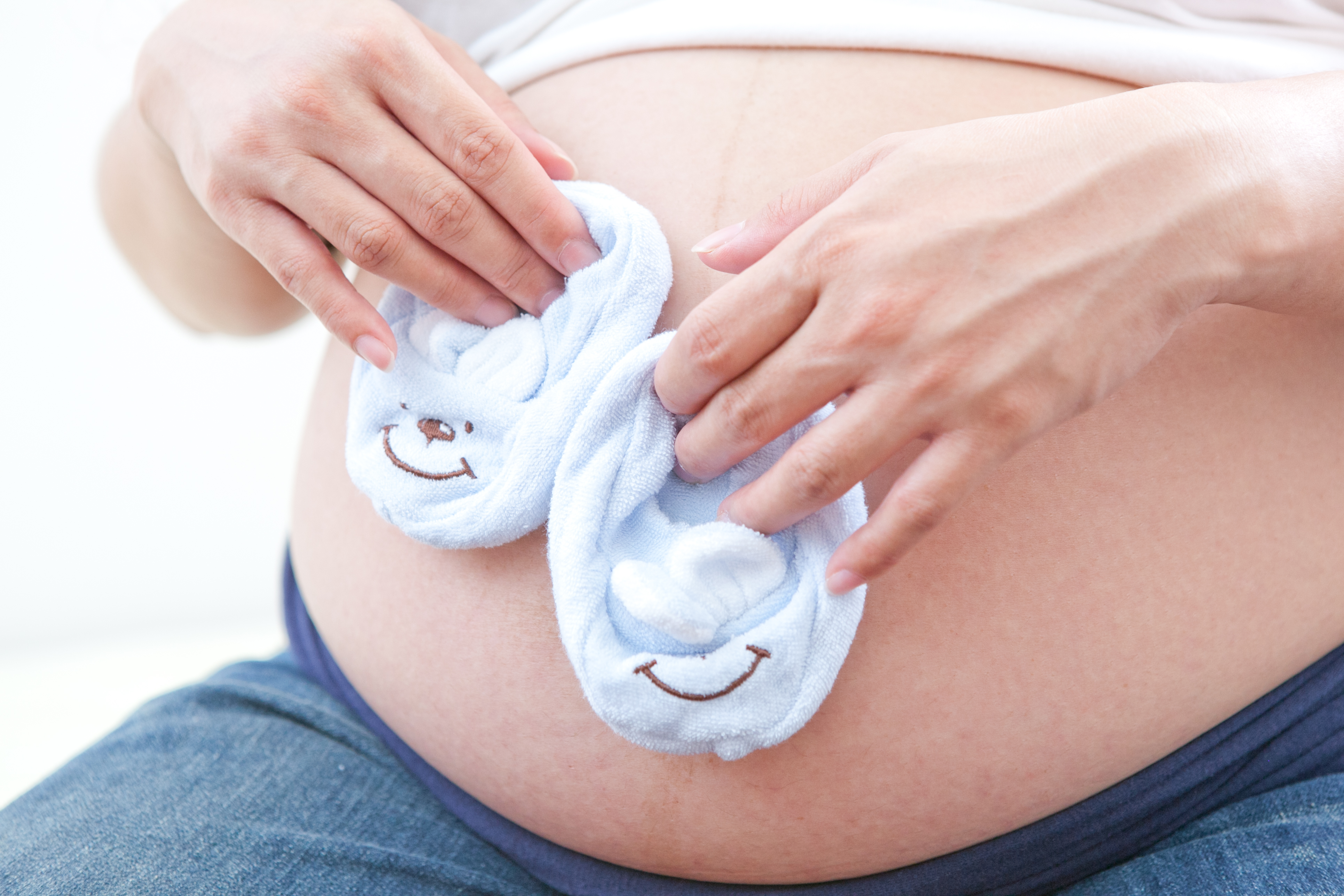
WEDNESDAY, Nov. 21 (HealthDay News) — Toy cars with parts so small a child could choke on them, a plastic “robot” with excessive lead levels, and a play car horn that’s so loud it could damage a child’s hearing are just some of the dangerous playthings on this year’s “Trouble in Toyland” report from the U.S. Public Interest Research Group (PIRG).
These types of toys are still being sold in stores across the United States and parents need to be vigilant while doing their holiday shopping, according to the 27th annual report.
“We should be able to trust that the toys we buy are safe. However, until that’s the case, parents need to watch out for common hazards when shopping for toys,” Nasima Hossain, public health advocate for U.S. PIRG, said in a news release issued by the group.
For their report, PIRG staffers bought toys off store shelves and tested them for lead, cadmium and phthalates, all of which have been shown to pose a serious threat to the health of young children.
The researchers found toys that contained phthalates, as well as toys with lead levels above the limit of 100 parts per million. They also found toys that exceed recommended noise standards and are potentially harmful to children’s hearing.
Despite a ban on small parts for children under age 3, the researchers also found toys that still pose choking hazards.
Some of the toys parents need to watch out for this holiday season, according to PIRG:
- “Dragster” cars — These tiny cars, bought at a Toys R Us and made by Z WindUps, have a rubber traction band on their wheels that could detach and choke a child if swallowed.
- “Super Play Food Set” — The miniature plastic pretend “food” set is made by Geoffrey LLC, a subsidiary of Toys R Us. PIRG warns that “toy food poses a special [choking] hazard because it looks as if it should be eaten.”
- “Morphobot” — Made by GreenBrier International and bought at a Dollar Tree store, the toy robot measured 180 parts per million (ppm) of lead, which “violates current 100 ppm lead standard” for toys, PIRG said.
- “Dora the Explorer” backpack — According to PIRG the backpack, made by Global Design Concepts and bought at a Target store, contains phthalates. The level of phthalates is not high enough to violate federal standards but a warning label should be on the product, PIRG contends.
- “Car Wheel/Horn” — This Toy State product, bought at a Toys R Us, makes noise exceeding the 80 decibel level that hearing experts say is safe for young ears.
Toys containing tiny magnets are a particular hazard this year, PIRG said.
“The Trouble in Toyland report appropriately alerts parents and consumers to the dangers of high-powered magnets, such as those sold in sets of 100 or more, and the life-threatening gastrointestinal injuries they can cause when swallowed,” Dr. Bryan Rudolph, a pediatric gastroenterology fellow at Children’s Hospital at Montefiore in New York and a member of the North American Society for Pediatric Gastroenterology, Hepatology and Nutrition, said in the news release.
“The rising number of magnet injuries in children and teenagers suggests that the sale of high-powered magnets should be prohibited. In the meantime, the best defense against high-powered magnet ingestion and a trip to the emergency department is to make sure they are not present where children, live, visit or play,” he advised.
Parents need to remember that no government agency tests all toys before they go on store shelves and that toys not on the list of potentially dangerous items could still pose hazards, said Robert Adler, commissioner of the U.S. Consumer Product Safety Commission.
“The message of today is clear. Parents have to stay vigilant. We cannot and must not accept any weakening of our consumer and public health safeguards because they protect young children, America’s littlest consumers,” he said in the news release.
More information
U.S. PIRG provides tips for safe toy shopping that consumers can access on their smartphones.

